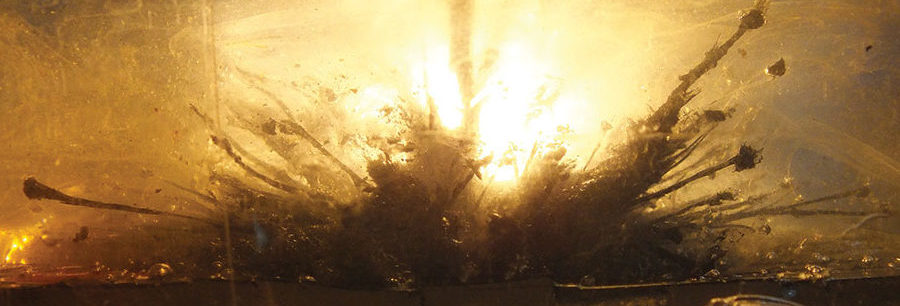Advanced Ceramics in Defense: Ceramic composite armor materials are currently being investigated by researchers to take advantage of the potential for improved performance and reduced weight.
Within the defense industry, advanced ceramics are at the heart of modern armor systems due to their comparatively low weight and high performance during ballistic-scale impacts. Ceramic materials have been developed as an armor material since World War I, when enameling of steel plates was shown to improve their resistance to incoming bullets. Ceramic armor became more widespread during the Vietnam conflict, where boron carbide (B4C) was used in helicopter seats as protection against small-arms fire from the ground. Ceramics in defense has been around for a long time, but finding new applications for it may prove useful for the future.
Over time, ceramic armor systems were found to be capable of stopping bullets and other projectiles while being more lightweight than other materials, such as metals. As we move into the 21st century, ceramic materials such as aluminum oxide (otherwise known as alumina, Al2O3), silicon carbide (SiC) and titanium diboride (TiB2) are used in aerospace, armored vehicles, and personal armor. The defense industry has been actively seeking novel armor materials that provide superior ballistic performance to existing materials while maintaining or improving the weight advantage.
The principal requirement of any armor material is its ability to resist high-energy ballistic impacts (i.e., to have high ballistic performance). In addition, a reduction in the weight of personal armor is essential to increase a soldier’s maneuverability in the field, and alleviate long-term health problems associated with carrying heavy equipment. Furthermore, reducing the weight of armor also benefits vehicles by reducing their fuel consumption and structural strain, as well as helping with long-distance transport and other logistical issues. In addition to ballistic performance and low weight, these capabilities will ideally be features of a material that can be manufactured at low cost.
The development of armor materials has a very direct effect on human lives; optimization of their processing and the evolution of new materials is a never-ending challenge. Understanding test conditions is also essential if ceramic armor development is to continue.
State-of-the-Art Ceramic Armor Materials
Three of the most common ceramic armor materials are alumina, boron carbide and silicon carbide. Typical properties of these three materials are summarized in Table 1.
Advanced Ceramics in the Defense IndustryDespite having the highest density of the three and a comparatively lower ballistic performance, alumina is the most widely used in the armor industry mainly due to inexpensive processing. Silicon carbide has lower density and higher ballistic performance, but at comparatively higher cost, and boron carbide has a significantly reduced density, but the higher cost restricts its use to weight-saving critical applications.
With the consistent threat of even higher energy projectiles and advances of hard-tipped armor-piercing rounds, interest in the development of ceramic armor materials continues to grow. Ceramic composite armor materials, which are currently being investigated by researchers to take advantage of the potential for improved performance and reduced weight, consist of a conventional ceramic matrix with a well-dispersed second phase; these have been shown to have superior mechanical properties when measured by conventional testing methodologies. The incorporation of SiC particles into an Al2O3 matrix, for example, reportedly reduces the density and increases the hardness and strength of pure Al2O3.
For static armor materials, ceramic armor systems are currently state of the art. However, new materials are in development to improve on the key features of ballistic performance and low density (and ideally low cost). Ceramic composites represent a fertile avenue of investigation for the next generation of armor materials, but increased understanding of the factors involved in the ballistic event is required if the development cycle is to become more viable. New and novel test methods have recently come to light that can confer such knowledge; these findings can be used to overcome obstacles to growth in the armor industry and save lives in conflicts of the future.
Read the full article on Ceramic Industry page!

